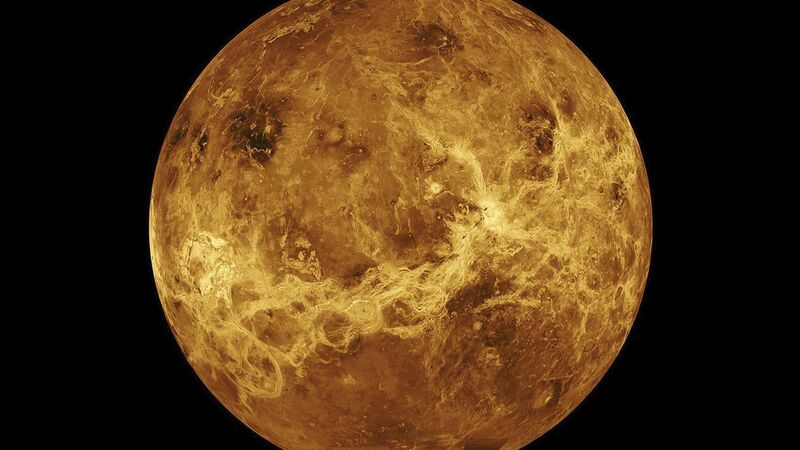The brightest object in this June’s evening sky, apart from the Moon, is the planet Venus. Earth’s so-called “twin” dominates the western horizon from before dusk until it sets around 1am. If you’re a regular stargazer you might notice that while it’s impressively bright, Venus doesn’t appear to jump out from its background with the same level of contrast as it does on a winter’s night.
Your eyes are not deceiving you. At this time of year, the Sun never actually sets far below the horizon and it continues to brighten up the night sky as its light is scattered off dust and aerosols and other molecules which populate our upper atmosphere. This is the same process which gives us blue skies during the day, albeit a rarer commodity in Ireland than we might like. At night, the brightness of the scattered light is too faint for our eyes to perceive in colour. Instead they automatically switch to working in black-and-white.
This is an evolutionary mechanism which one imagines having been predicated on knowing the colour of something that “wants to eat you” being less important than simply knowing it’s lurking in the shadows in the first instance.
If you were to look at Venus during June from the surface of the Moon, by contrast, you’d see it pop out of a brilliantly black sky. Without an atmosphere there’s nothing to scatter the Sun’s light and thus stars, or planets, remain perfectly visible even during lunar daytime.
On June 12th and 13th Venus appears to pass through a group of over 1000 stars known as the Beehive Cluster in the constellation of Cancer. Historically such an object was referred to as a “nebula”, from the Latin for “mist” or “cloud” because the overall appearance is generated by the combined light of stars that you can’t see individually.
To be able to do so you will need a pair of binoculars - to view the brighter ones – while if you’re the owner of a telescope, of any size, you’ll be able to pick out many of the fainter ones too. The overall impression will be that of a planet immersed in a sea of stars. Worth a watch!
Despite appearances, the distances to Venus and the Beehive are massively different. It takes an average of 3 minutes and 46 seconds for light to travel from Venus to the Earth. But for the Beehive it’s 600 years, so we’re seeing the light from stars that was emitted around the time of the collation of the Annals of the Four Masters circa 1460. In both cases we’re seeing into the past. The more distant the object, the further into the past we’re seeing.
The Beehive belongs to a grouping of stars called an Open Cluster. Unlike the Sun, which is pretty much a stellar loner, stars in clusters are kept relatively close together by their mutual gravity.
The term “open” indicates that the stars are not so close that there is any real danger of them colliding with each other, but if you were living on a planet around one of the stars in the Beehive you would be fortunate to have the nightly spectacle of hundreds of impressively bright stars speckled across your sky.
Some would even move relative to their neighbours during your lifetime because stars in clusters are constantly on the move as gravity drives their motions in complex dances.
Our ancestors may have considered the stars to be fixed and unchanging, but we can speculate that any distant civilizations living in Open Clusters might have developed a potentially very different cultural perspective.
June is of course also the month with the longest day with June 21st being the Summer Solstice.
For many it’s a reason to celebrate; for some an opportunity to connect with ancient cultural experiences; for astronomers, a reminder that our Earth has an axis tilted at 23.5 degrees!
CONNECT WITH US TODAY
Be the first to know the latest news and updates







